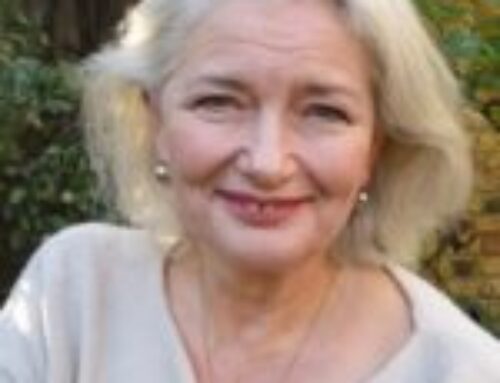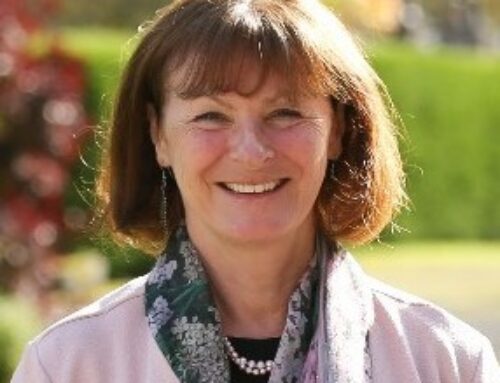
How did you first come across Dalcroze Eurhythmics?
In 1991, I was a first-year Bachelor of Music student at the University of New South Wales (UNSW) in Sydney, Australia. Dr Sandra Nash taught weekly musicianship lessons. In true Dalcroze fashion, she asked the class to stack the furniture and take off our shoes and socks! Sandra established the Dalcroze International Summer School (DISS) in 1994. From that time, professional training opportunities in Australia began to grow.
Where / when did you train?
I worked toward the Dalcroze Certificate in a part-time way over several years with Sandra. I received funding to study in the USA for the Master of Music and Dalcroze Licence at Longy School of Music with the late Lisa Parker, graduating in 1999. In 2022, I completed the Diplôme Supérieur Méthode Jaques-Dalcroze at the Institut Jaques-Dalcroze (IJD) in Geneva where my teaching mentors included Silvia del Bianco and Sylvie Morgenegg.
What do you remember most about your training?
Collaborating with other people. For example, Dr Mary Brice and I were fellow students in Certificate classes in the mid-1990s – there’s a photo shoot to prove it! Decades later, Mary was a wonderful supervisor for my Diplôme dissertation. At Longy, Dawn Pratson was an inspirational movement teacher. Dawn invited me to give weekly classes for her vocal group as a warm-up to their rehearsals, and as practice-teaching for my Licence exams.

Margaret, Andrew, Mary
Who has inspired you in DE?
I feel grateful to have attended the first three summer schools in Sydney when Dr Ruth Alperson was the international guest. Her focus, intelligence, empathy, and humour are deeply inspiring, and her demonstration classes are mesmerising. Ruth also pioneered the Dalcroze PhD. I have always considered Dr Karin Greenhead to be one of the most engaging writers about Eurhythmics. Karin’s ability to put Dalcroze into words is exemplary.
What has been the highlight of your Dalcroze journey?
Making professional connections with musicians and teachers from all around the world. For example, in the summer that I finished the Licence, I was a student and observer at the Juilliard Dalcroze Institute with Dr Robert Abramson and Daniel Cataneo; Cleveland Institute of Music with David Brown and Nadia Tarnawsky; Carnegie Mellon University with Dr Marta Sanchez and Dr Annabelle Joseph; and Ohio State University with Dr David Frego.
What is your best teaching memory of Dalcroze?
The Dalcroze UK professional training in south London offers intensive weekends where musicians and teachers gather on a regular basis to develop skills, knowledge, and experience. In 2017-18, I had the pleasure of mentoring a group student-teachers through their Foundation year. This small ensemble was diverse, talented, responsive, inventive, and collaborative. The memory of that teaching year is one that stands out for me.
How do you see the future of Dalcroze in the UK?
Professional training needs to be accessible, reputable, attractive, and affordable. The global pandemic forced the education sector to be more flexible and exposed the barriers to entry. Big universities have marketing machines to handle this. But small-scale organisations could benefit from training members to have the right conversations with the right people at the right time to make a personal impact on student recruitment.
How do you see yourself using your Diplôme?
Before anything else, I must go to the IJD and collect the piece of paper! I feel fortunate to have completed the Diplôme as Sylvie Morgenegg retires as programme leader of the HEM degrees, and Silvia del Bianco retires as Director of the IJD. I’m publishing research articles on Dalcroze history, pedagogy, and applications, which gives me a great sense of achievement as I bring this challenging and rewarding chapter to a close.




